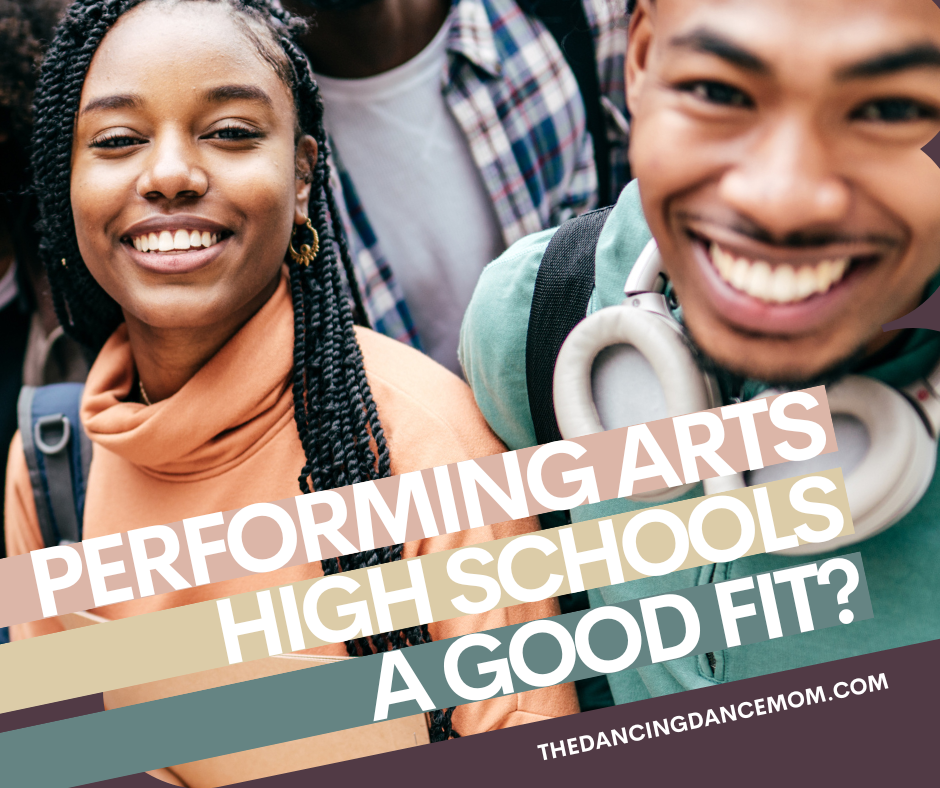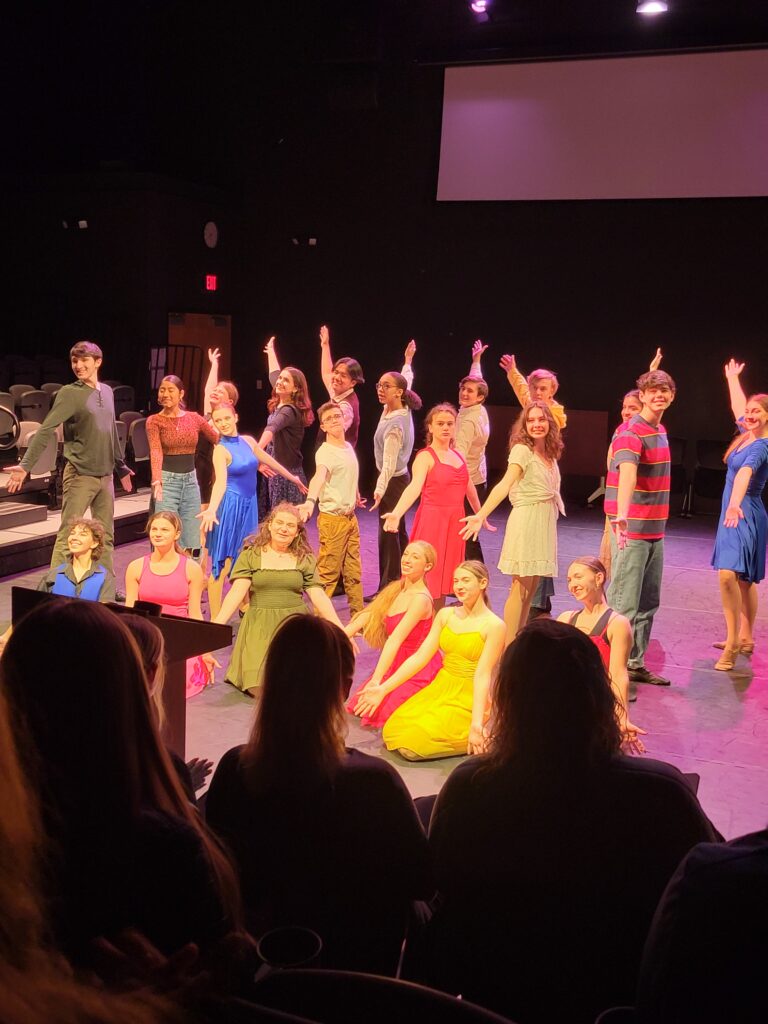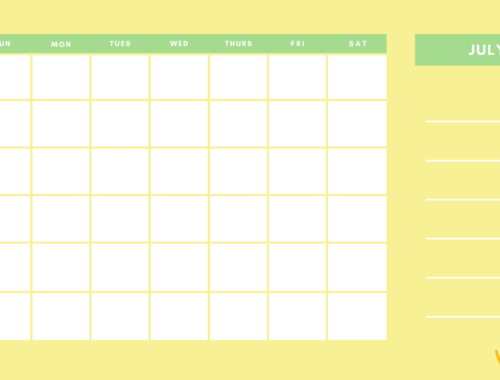
Performing Arts High Schools – A Good Fit?
Depending on your child’s career and/or college plans, he or she may want to attend a high school that is tailored to their needs and interests. For the developing dancer, actor, singer, musician, etc., a performing arts high school might offer more appeal and opportunity than a traditional high school. If there is one available, take the time to do some research to determine whether it is a viable option for your child.
In December of 2022, I started looking into the local performing arts high school for my twins, Jayden and Jocelyn. At the time, both were competitive dancers and performed in groups, solos, and a duo. Much of this article is based on our experience, but I did also invite feedback from our Facebook community members in this post. Because the particulars of each program vary so greatly, I will write this article with a somewhat limited scope (focusing mostly on dancers). I would strongly encourage you to gather information about the specific program your child might consider, and reach out to families whose children have been enrolled.
What Does a Performing Arts School Offer?

In addition to required courses mandated by state and federal directives, a performing arts high school will include classes aligned with the student’s major. While some institutions focus only on one performing art (such as dance), others may offer multiple options. These could include vocal, acting, audio engineering, visual arts, orchestra, graphic design, and other majors as well as dance. These might be standalone courses, or might be “blended” into existing classes.
As an example, my daughters have a dance class in their schedules each year. On Mondays and Tuesdays, the students participate in a ballet class. On Wednesdays, the students will explore the workings of the backstage area. And on Thursdays and Fridays, they will take a modern dance class. Occasionally, they will go on a trip to see a performance (this Tuesday, they’re going to a flamenco dance show) or have a master teacher come to instruct the dancers.
As with any high school, you will want to check into all the other aspects of student life. For example, don’t be afraid to ask if they have honors classes, extracurricular clubs and activities, remedial assistance, AP courses, boarding, etc. Look into upcoming open houses, tours, or informational sessions. Try to gather as much information as possible before you decide to forge ahead with the application process.
Getting In
The Application
While the application itself will look different for each school, your dancer can ensure that they check all of the boxes before they submit it. Naturally, the school will require basic information; don’t be tempted to skip proofreading this part, as simple as it may seem.
If asked to list any accomplishments, try to stick to those that are most recent. After all, a high school administrator might not be impressed that your daughter won Little Miss Dancer eight years ago. If your child sticks to group dances (no solos, for example) and you’re struggling to think of special awards he/she has won, don’t forget any special acknowledgements they have received for leadership, work ethic, or improvement.
The Audition
More than likely, your dancer will be required to audition either in person or via video (or possibly both). Both methods have their pros and cons, of course. If your dancer needs to submit a video, they should be sure that the performance is as flawless as possible. Whoever is judging will expect that the dancer used the best “take,” so strive to make it virtually perfect.
In-person auditions take preparation, too; be sure to rehearse any assigned piece well in advance, dress appropriately, and pack the appropriate shoes. Female dancers should wear light makeup, and hair should be neat and secure (pack extra beauty supplies, just in case). Your dancer may want to warm up and stretch before the audition is scheduled to begin, so arrive early.
In addition to a recorded, self-choreographed solo piece, my twins were required to attend audition classes at the school on a Saturday morning in the preceding winter. We made sure to find out what genres they would be performing in advance so that they could choose an appropriate outfit and pack the correct shoes. If your dancer will be doing something similar and one of the genres is unfamiliar to them, they can ask their dance teacher for some pointers or even a private lesson sometime before the audition. Alternatively, he/she can research videos of combos within the genre.
For any in-person dance audition, I encourage my girls to create a four eight-count combo that highlights their best skills. Ideally, they should also be able to demonstrate an emotional range that invites the use of several facial expressions. You never know when a judging panel will want to see some improv!
Academic Assessment

In addition to the prospective students’ dance skills, schools want to see where they are in terms of academics. Rather than relying on information from the children’s previous school, many opt to give an entrance assessment. These can serve two purposes; there might be a cutoff score that each candidate needs to achieve to gain acceptance, and the results can help school staff determine the individuals’ placement in classes.
If your dancer is required to take an assessment, be sure to help them prepare by finding out as much as you can about it in advance. For example, will there be a writing piece, can they bring a calculator for the math portion, will they need to bring their own pencils, etc. To go the extra mile, they can review their course material from their current classes and/or review test-taking strategies beforehand.
Recommendations
If the performing arts school requests recommendations, make sure you know exactly what they want before your dancer starts gathering them. While it may seem completely logical to expect that they want correspondence from dance teachers about the child’s technique, they may expect more than that. For example, they may want to know something about the candidate’s leadership skills, community involvement, and interpersonal relationships.
Other Considerations
As tedious as it may seem, you really want to go over the entire application with a fine-toothed comb before your dancer submits it. For example, the prospective performing arts school might require a transcript from your dancer’s previous school. If they don’t receive it, they may place the dancer’s application on hold.
How Much Help?
When my girls were applying to our local performing arts high school, I did need to involve myself to some degree. However, they were responsible for significant portions of the process – they choreographed and recorded their solo pieces entirely on their own, and found out the genres of the mandatory master class from an upperclassmen friend. On the way to the placement test, I regurgitated the same test-taking tips that I have been drilling into them since third grade. But by that point, they knew as much as they were going to know.
So the question of how much you should help your child through the process is really dependent on, well, the child. My position is to let your child take the lead; they will need to demonstrate their responsibility more and more, so there is no time like the present to put the ball in their court.
However, you may have to shoulder some of the pieces yourself (I had to register my girls in their home district first, which involved compiling all sorts of records and completing an in-person appointment). If you take over the whole experience, your child will come to understand that you do not trust them to do a good job on their own. Check it over, by all means, but don’t do all the work for them.
A Good Fit?
As a parent, we sometimes have to help our children make tough choices. If your child wants to make dance a part of their post-secondary life, a performing arts high school may be a good fit. Kids who dread the idea of sitting in a classroom, stuck at a desk all day long, may thrive in a program that gives them the opportunity to get moving. But if your dancer already puts in long hours at a studio (whether part of a team or not), more hours of dance might be too much.
Call the school to find out about open houses or tours to give you and your child a better sense of the school environment. Then sit down with your child and encourage them to be honest about whether they want to sign up. In my personal opinion, I would rather my kids give something new a try, rather than bypassing the opportunity and regretting it later.
As always, there is no one-size-fits-all answer for everyone. But if your child is dedicated to their craft, and plan to include the performing arts as part of their post-secondary lives, a high school that encourages their passion can be a wonderful experience.
Is your dancer ready to compete a solo? Check out Flying Solo for some things to consider!

World Dance Pageant - What To Expect
You May Also Like

Countdown to Competition
January 22, 2023
July 2021 Calendars
June 27, 2021

